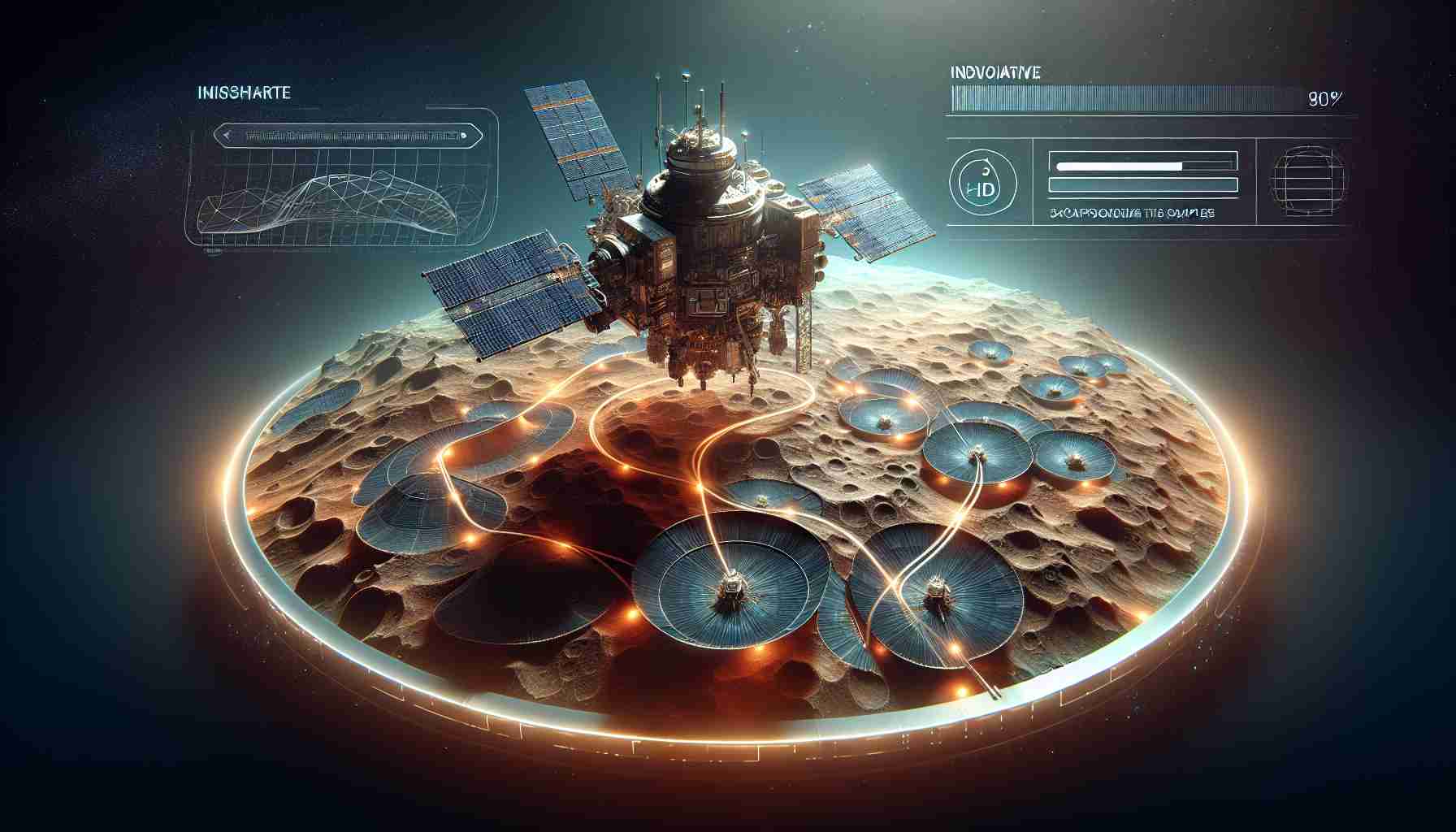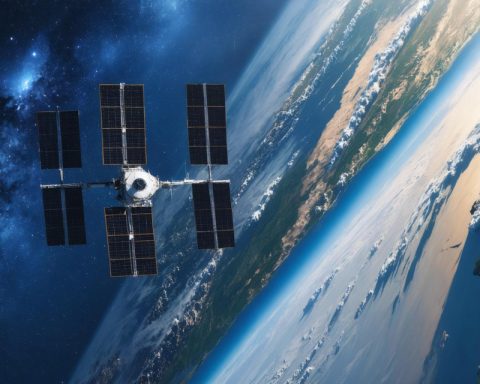Exploring Two Approaches for Martian Sample Return
NASA has embarked on an ambitious journey to return samples from Mars, focusing on two distinct strategies. Over the next year and a half, the agency will evaluate these approaches, with the goal of retrieving samples collected by the Perseverance rover by as early as 2035.
The groundbreaking mission hinges on how NASA will deploy its sample retrieval technology on the Martian surface. The first strategy incorporates tried-and-true “sky crane” technology, similar to what was used to land previous rovers. This method is projected to cost between $6.6 billion and $7.7 billion. In contrast, the second approach, utilizing a newly developed heavy lander from commercial partners, is expected to range from $5.8 billion to $7.1 billion.
Both methods will feature a newly engineered platform designed for optimal performance, utilizing a radioisotope thermoelectric generator instead of solar panels to enhance reliability in Martian conditions. The platforms will transfer sample tubes with strict protocols to prevent contamination as they are lifted into orbit by the Mars Ascent Vehicle (MAV).
NASA’s progress hinges on securing adequate funding from Congress, with an essential $300 million requested for the next fiscal year. This funding will guide the mission’s timeline and ultimately determine whether the first Martian samples would return to Earth by 2035 or later.
Advancements in Martian Sample Return: A Look at NASA’s Innovative Strategies
Exploring Two Approaches for Martian Sample Return
NASA is undertaking an extraordinary mission to return samples from Mars, introducing two innovative strategies for sample retrieval that will be evaluated over the next year and a half. The agency’s goal is to collect Martian samples gathered by the Perseverance rover, potentially bringing them back to Earth by 2035. Here, we delve into the specifics of these approaches, their implications, and critical factors that could shape their outcomes.
Overview of the Approaches
NASA’s mission centers on two distinct strategies for sample retrieval from the Martian surface:
1. Sky Crane Technology: This method utilizes the well-established sky crane technique, previously employed to land several Mars rovers, ensuring reliability. The estimated cost for this approach is between $6.6 billion and $7.7 billion.
2. Commercial Heavy Lander: In contrast, this approach includes the use of a newly crafted heavy lander, developed in collaboration with commercial partners. This strategy is projected to be more cost-effective, with an expected price range of $5.8 billion to $7.1 billion.
Both strategies will integrate a newly engineered platform equipped with a radioisotope thermoelectric generator (RTG) instead of traditional solar panels. This innovation aims to enhance operational reliability in the harsh Martian climate, maintaining effective energy production regardless of sunlight availability.
Sample Retrieval Protocol
A significant aspect of the mission is the strict protocols that will be enforced during the transfer of sample tubes. Minimizing contamination is crucial for the scientific integrity of the samples, which will be launched into orbit using the Mars Ascent Vehicle (MAV). The protocols are designed to ensure that the samples retain their chemical and biological properties for accurate study upon their return to Earth.
Funding and Timeline
The success of NASA’s mission is highly dependent on securing robust funding from Congress. An essential request of $300 million for the next fiscal year has been made, which will directly influence the mission’s timeline. Depending on the availability of funds, the first Martian samples could potentially return to Earth by 2035, although delays are a distinct possibility if financial hurdles arise.
Trends and Innovations in Martian Exploration
The advancements in technology being employed for this mission highlight broader trends in space exploration. The collaboration with commercial partners signifies a shift towards public-private partnerships in the aerospace sector, encouraging innovation and cost efficiency. This trend is increasingly vital as space agencies like NASA strive to balance ambitious goals with available budgets.
Conclusion
NASA’s initiative to retrieve Martian samples is a testament to human ingenuity and the relentless pursuit of knowledge. With two approaches on the table, a focus on innovation, and the urgency of securing funding, the upcoming years will be critical for determining the future of Martian exploration. As humanity stands on the brink of this groundbreaking scientific endeavor, all eyes will be on the results of NASA’s evaluations and the potential implications for our understanding of Mars and the broader universe.
For further information on NASA’s Mars missions and other space exploration initiatives, visit NASA’s official site.


















